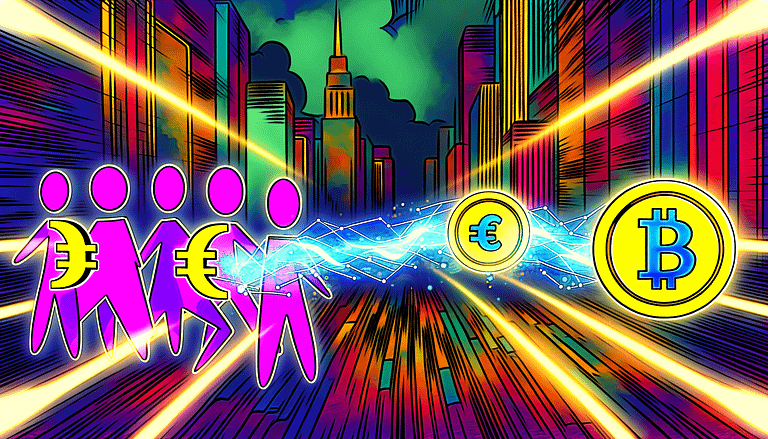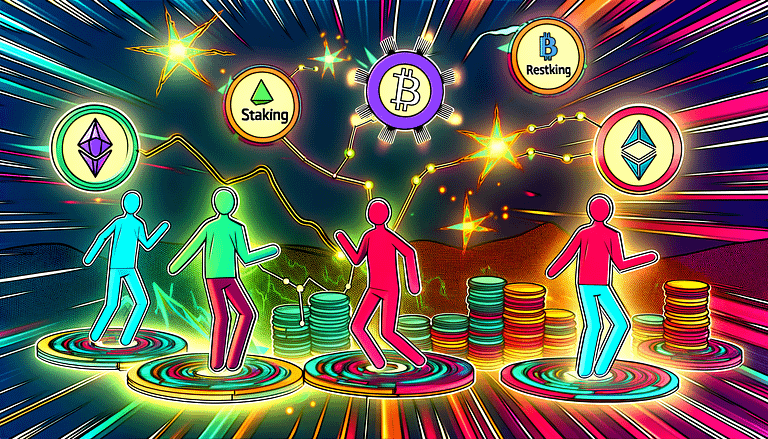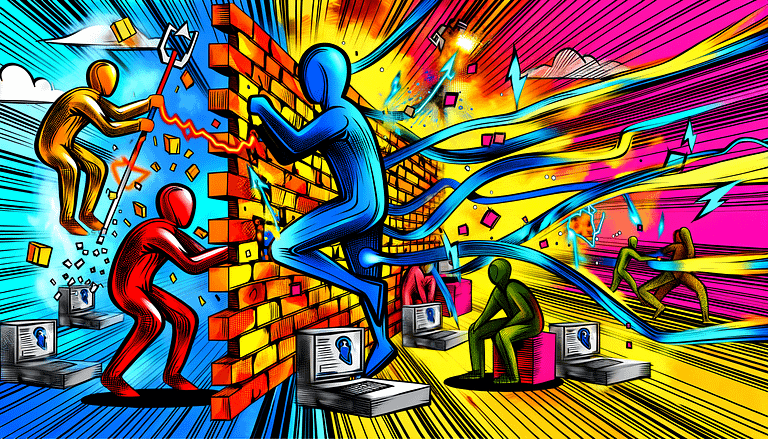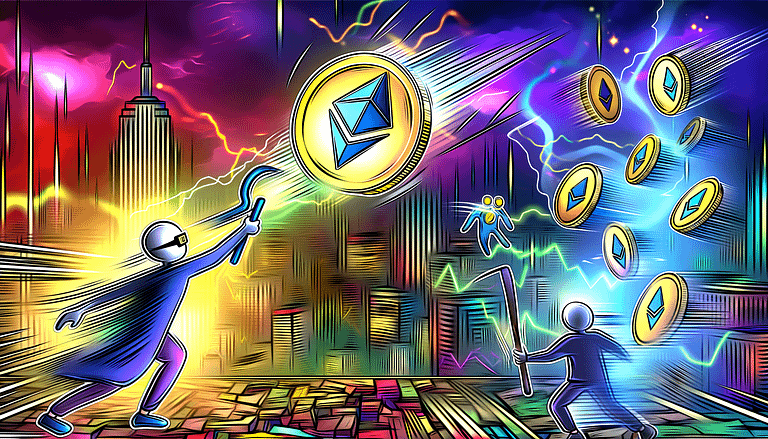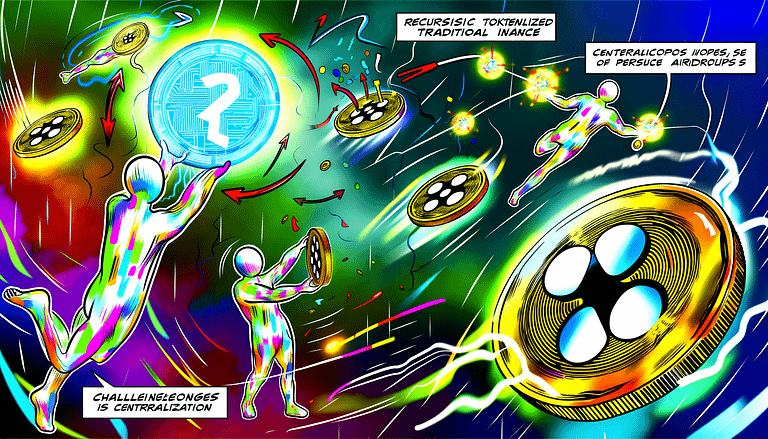GameFi Grows with Airdrops but Quality Games Key
In A Nutshell
The GameFi sector, blending gaming with finance through blockchain, is witnessing a surge in the use of airdrops as a means to attract and retain players. Despite some skepticism, industry executives argue that these incentives are not only effective for market penetration but essential for the nascent industry’s growth. However, they caution that airdrops alone cannot compensate for poor gameplay or lackluster game design.
Understanding the Role of Airdrops in GameFi
Airdrops, the practice of distributing free tokens to early adopters or players, have become a cornerstone strategy for GameFi projects aiming to build their player base. Kieran Warwick, the founder of Illuvium, highlights airdrops as a straightforward strategy to capture market share. Yet, he warns that without delivering enjoyable and engaging gameplay, player retention can suffer dramatically.
Shi Khai Wei, of LongHash Ventures, echoes the sentiment, emphasizing the importance of balancing enticing crypto incentives with the intrinsic fun of the game itself. The lesson from Axie Infinity’s success and challenges post-hack indicates that sustainable game economics and rewarding gameplay are vital for enduring success.
The Challenges of Airdrop Strategies
While airdrops serve as a powerful tool to attract initial interest, they also attract airdrop farmers—individuals more interested in free tokens than the games themselves. Warwick acknowledges this as a necessary trade-off in building a substantial player base. The recent launch of Illuvium’s Play-to-Airdrop initiative, distributing 200,000 ILV tokens, underscores the significant investment GameFi projects are willing to make to nurture their communities.
Gabby Dizon, CEO of Yield Guild Games, argues that airdrops and token incentives play a crucial role in accelerating GameFi adoption, drawing a parallel with how traditional luxury items confer social status.
Future Prospects for GameFi
Despite the current enthusiasm, Dizon and Warwick believe the GameFi industry lags behind traditional gaming by about 14 to 15 years. However, they are optimistic about closing this gap rapidly due to the blockchain sector’s brisk pace of innovation. Developing intellectual property (IP) that resonates with players, creating compelling storylines, and fostering engaging universes are identified as long-term endeavors critical for GameFi’s maturation.
The anticipation around the emergence of a AAA-standard GameFi project in 2024 highlights the industry’s confidence in its growth trajectory and its potential to revolutionize gaming.
Our take
The strategic use of airdrops in GameFi underscores a nuanced understanding of blockchain’s potential to redefine player engagement and game monetization. However, the effectiveness of such incentives hinges on the quality of the gaming experience. Airdrops can serve as a gateway, but they are not a panacea for poor gameplay or design. As the GameFi industry matures, the focus must remain on delivering compelling, rewarding, and enjoyable gaming experiences that can stand on their own merits. The challenge lies not just in attracting players but in cultivating a dedicated community that values the game beyond its financial incentives. The successful integration of blockchain technology into gaming could indeed herald a new era for the industry, provided it maintains a player-centric approach.


